Table of Contents Show
Eight years ago, young adult literature fans everywhere filled movie theater seats to attend the premiere screening of The Hunger Games in 2012. The film adaptation of Suzanne Collins’ 2008 YA novel, The Hunger Games, skyrocketed Collins to fame as she watched her words come to life for eager fans on the big screen.
Now, the highly anticipated release of Collins’s prequel novel on May 19, 2020, A Ballad of Songbirds and Snakes, may leave fans eager to revisit the origin story of The Hunger Games. With May 19th quickly approaching, here’s an overview of some of the major changes the Lionsgate movie version of The Hunger Games made to the original novel and how it affected audience response toward the characters and the narrative.
Necessity Of Change In The Hunger Games Film
Firstly, it’s important to realize that our beloved author Suzanne Collins wrote the screenplay adaptation of her own novel. Collins wanted the screenplay to accurately reflect the lives of her written characters. Collins wrote The Hunger Games novel from protagonist Katniss Everdeen’s first-person perspective. Accordingly, Collins’ biggest challenge involved her ability to translate dialogue that represented Katniss’s interior thoughts. Collins also provided a screenplay that examined characters beyond the singular viewpoint of Katniss.
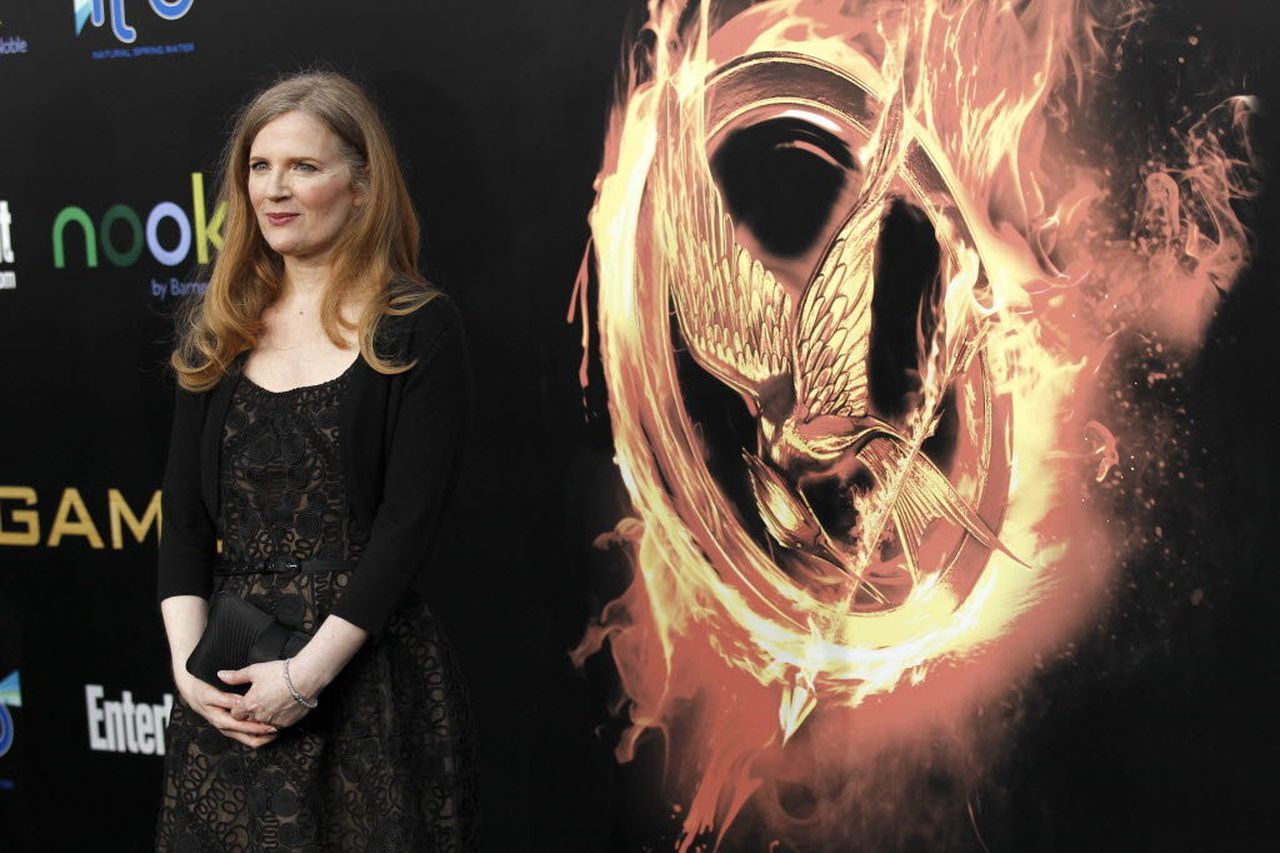
“I did the boil down of the book, which is a lot of cutting things while trying to retain the dramatic structure. I think the hardest thing for me, because I’m not a terribly visual person, was finding a way to translate many words into few images.”
Suzanne Collins (on adapting her own book for film: The New York Times)
The Importance Of Audience Reaction
The changes in The Hunger Games film from the original book impact audience response toward the characters and narrative depicted onscreen. Director Gary Ross and screenwriter Billy Ray collaborated with Suzanne Collins in making the film adaptation of her novel. Respectfully, Ross strove to create an accurate portrayal of Collins’ vision for the film. As a result, Ross uses the addition of characters and scenes that depart from the novel to heighten the visible realism of Collins’ YA narrative.
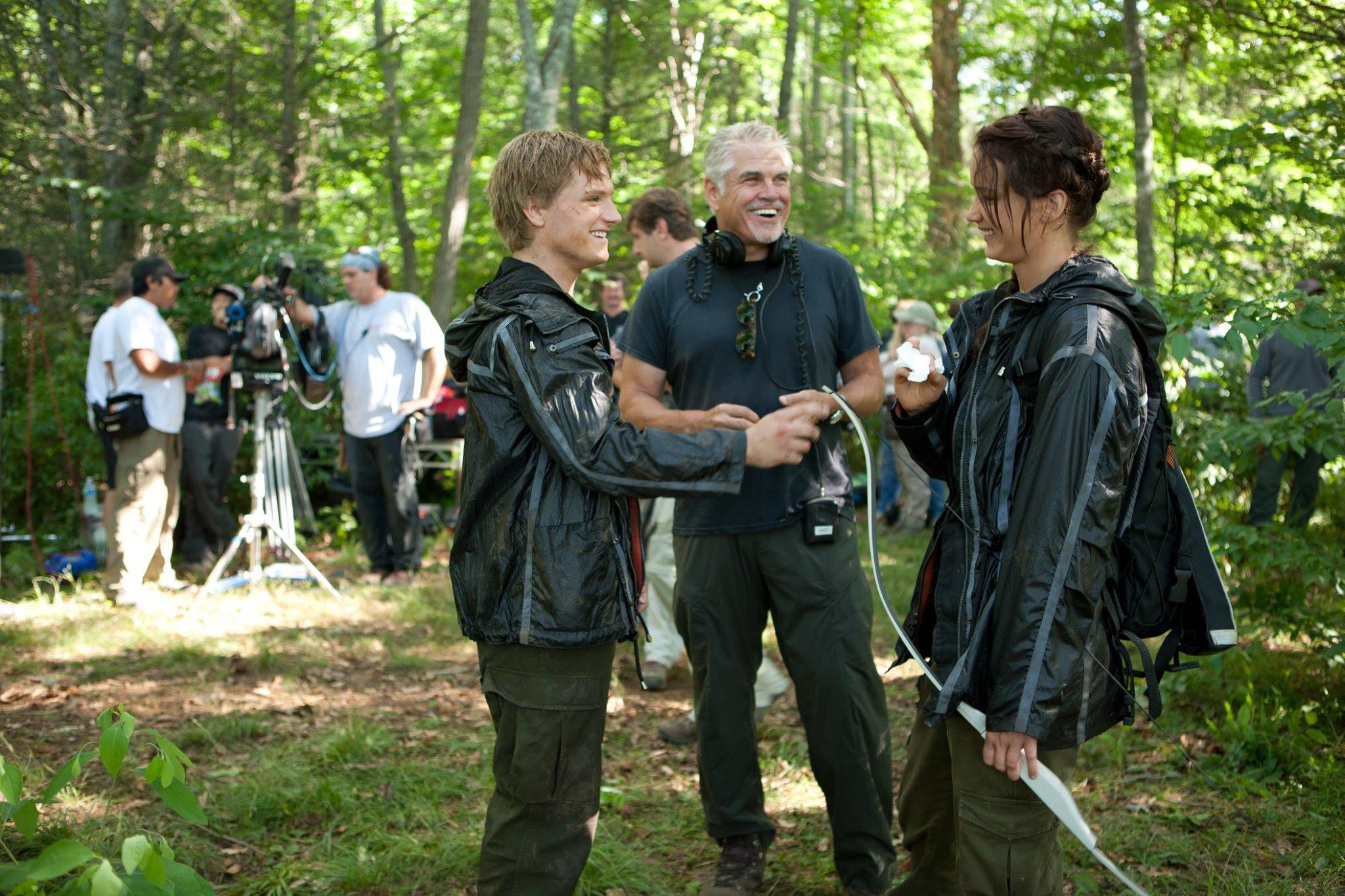
In regards to symbolism, some changes to the story raised questions. Still, the elaboration of specific characters adds narrative depth to the film adaptation. Readers of the novel and moviegoers are both emotionally connected to the unique world Collins envisioned. Changes from the novel supply viewers with opportunities for analysis, comparing and contrasting the two mediums as equal forms of art. Therefore, The Hunger Games film provides a safe space for emotional and dialogical audience responses to the changes.
1. Transforming Point-of-View In The Film
Most significantly, Collins wrote the original The Hunger Games novel from the perspective of Katniss Everdeen’s first-person point-of-view. Director Ross chose not to include a voice-over element to emulate the novel’s narrative POV. However, an overdub of Katniss voicing her own interior thoughts in the film may have helped explain plot elements. Consequently, audiences remain unsure of the thematic role of relationships understood through Katniss’ POV in Collins’ novel. Nevertheless, Ross excels in the visual presentation of previously unseen, additional scenes and characters to connect audiences with the narrative in The Hunger Games film.
Were Katniss And Peeta Faking Their Love?
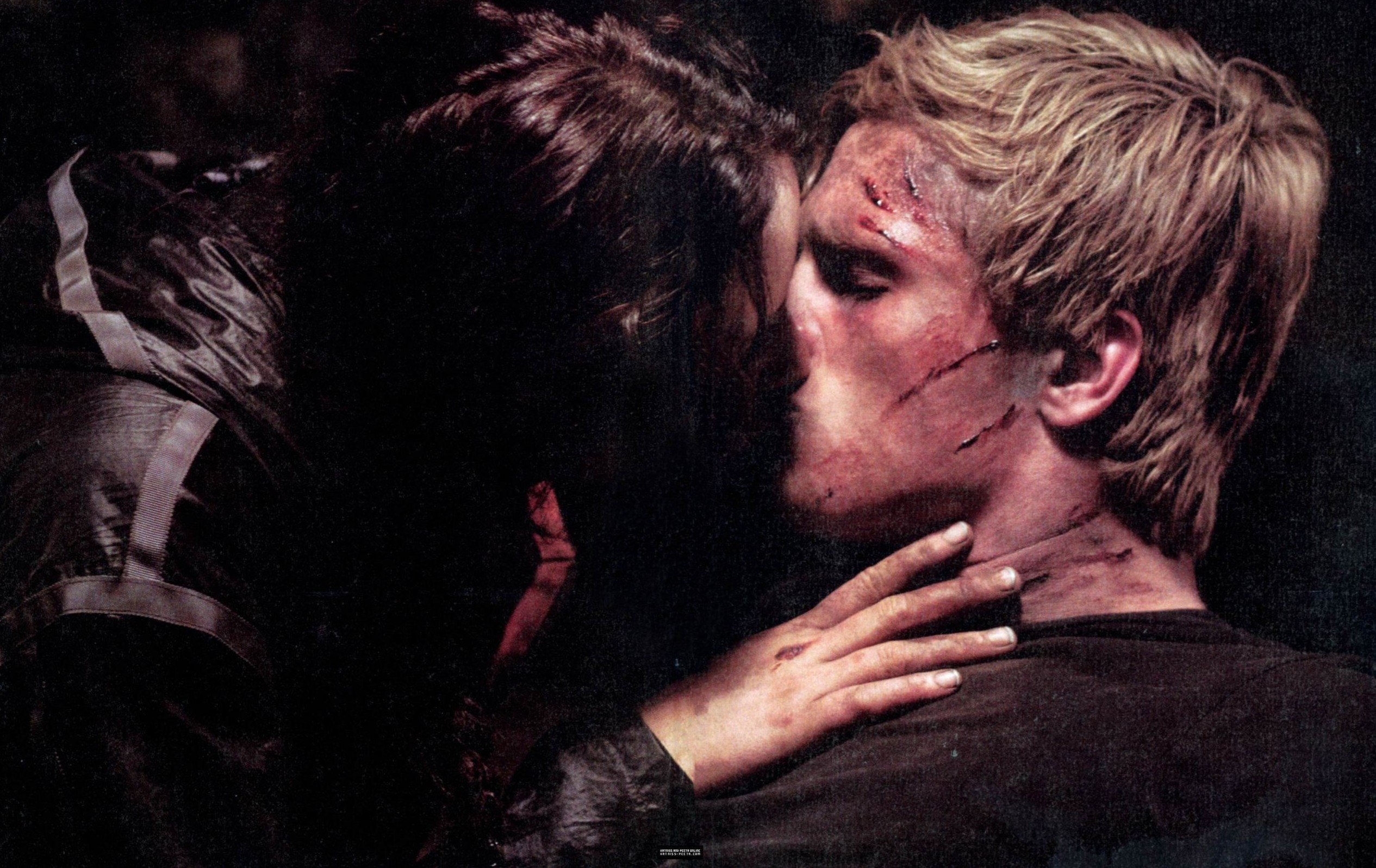
Navigating romantic relationships between characters in film heavily depends on dialogue and motivation. In The Hunger Games film, we watched Katniss and Peeta share an affectionate kiss after Katniss tends to his wounds in the arena. Until then, the movie led audiences to understand their relationship as a performance for Capitol viewers. Haymitch applauds Peeta’s efforts to portray Katniss as a desirable woman. Despite this, the kiss in the arena contradicts the supposed facade of love between Peeta and Katniss. The kiss appears pretty convincing from an outside perspective.
“Impulsively, I lean forward and kiss him, stopping his words. This is probably overdue anyway since he’s right, we are supposed to be madly in love.”
Katniss Everdeen (Collins, The Hunger Games)
In contrast, Collins’ novel clearly reveals Katniss’s internal conflict about her romantic feelings toward Peeta. Because we remain inside Katniss’s head, Katniss voices the distinction between reality and performance in the book. Furthermore, the book explains how Katniss kisses Peeta multiple times, all for the pleasure of the Captiol audience. In addition to the kiss in the arena, the film shows Katniss quickly kissing Peeta on the cheek once. This change showcases how the novel’s first-person POV unquestionably communicates Katniss’s developing interest toward Peeta for readers.
Addition Of The Gamemaker Control Room
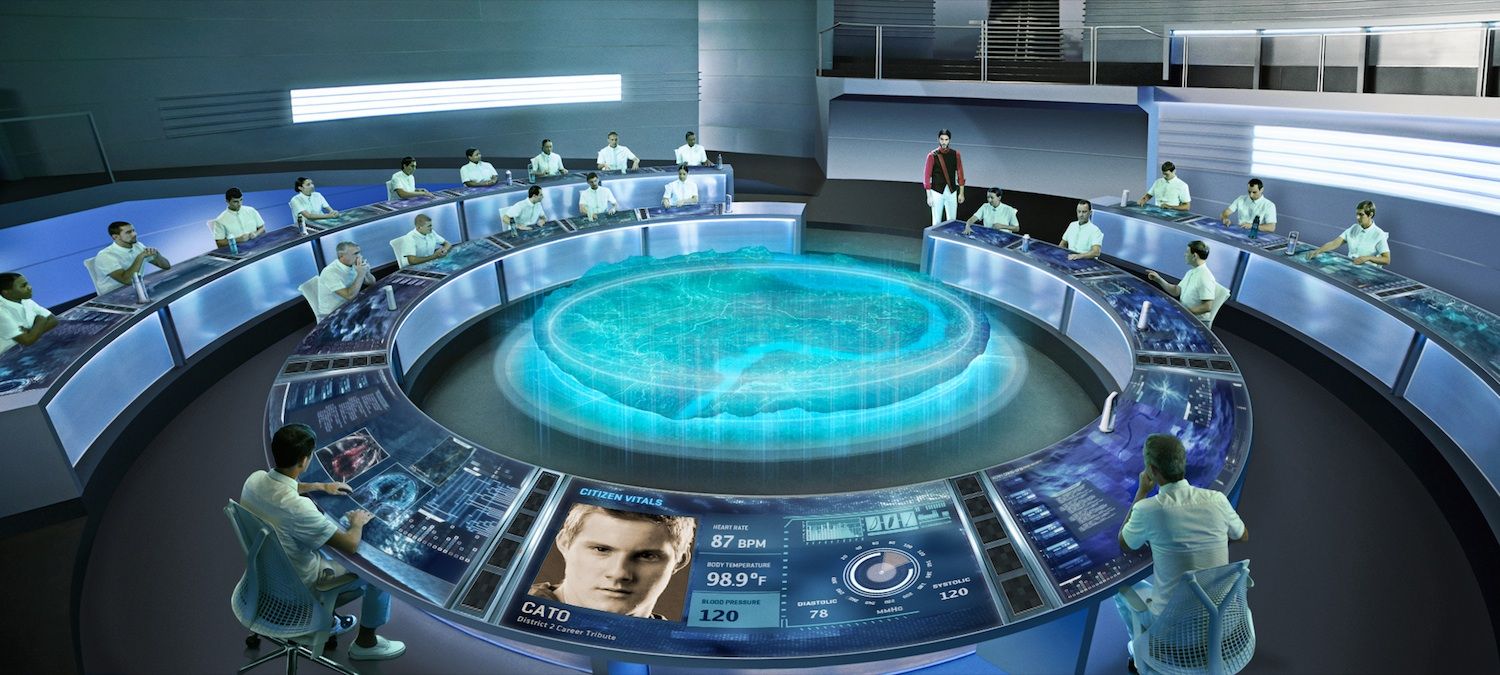
The Hunger Games written text tethers us to Katniss’ first-person observations and conversations. Contrastingly, moving away from Katniss’s objective POV in Ross’ film gives audiences insight into what Katniss doesn’t see. Major changes to the film include the addition of the Control Room, where the Gamemakers are seated around a circular holograph.
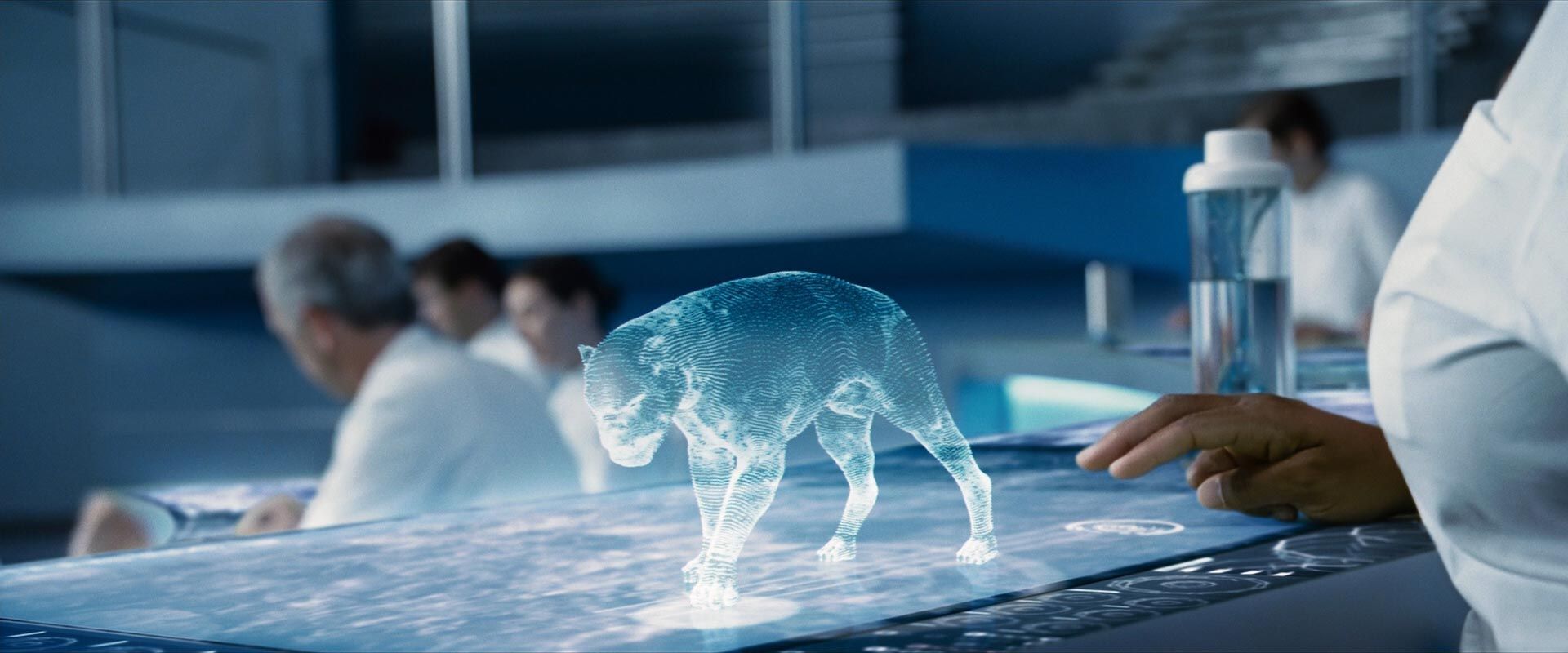
Audiences watch the visually stunning scene of Gamemakers in the Control Room. Here, they virtually controlled the environmental elements of the arena. Though alluded to in the novel, the film’s addition to the scene spectacularly illustrates the complete power the Capitol wields over the tributes in the arena. Including the Control Room scene creates a tangible understanding of societal roles for viewers. Thus, the film’s omniscient viewpoint allows audiences to better understand the thematic role of technological advancements the Capitol possesses in contrast to the impoverished Districts.
2. Character Expansion From The Novel
As a result of changing the POV, The Hunger Games film gives President Coriolanus Snow, Gamemaker Seneca Crane, and host Caesar Flickerman more in depth character traits and screen time. While the novel merely mentions these characters through Katniss’ eyes, audiences relished the opportunity to witness their theatrical, relevant performances in the film. The film required expansion in these characters for the purpose of deeper narrative development. Specifically, an outside view of the relationship between President Snow and Seneca Crane strengthens emotional response towards their characters.
President Coiriolanus Snow
President Snow proved to be one of the most compelling characters in the first Hunger Games film. Donald Sutherland delivered a commanding performance as President Snow, only mildly referenced from Katniss’ POV in Collins’ novel. Changing President Snow’s character from Katniss’ subjective viewpoint to an objective, outside lens gives viewers insight into Snow’s worldview and motivations.
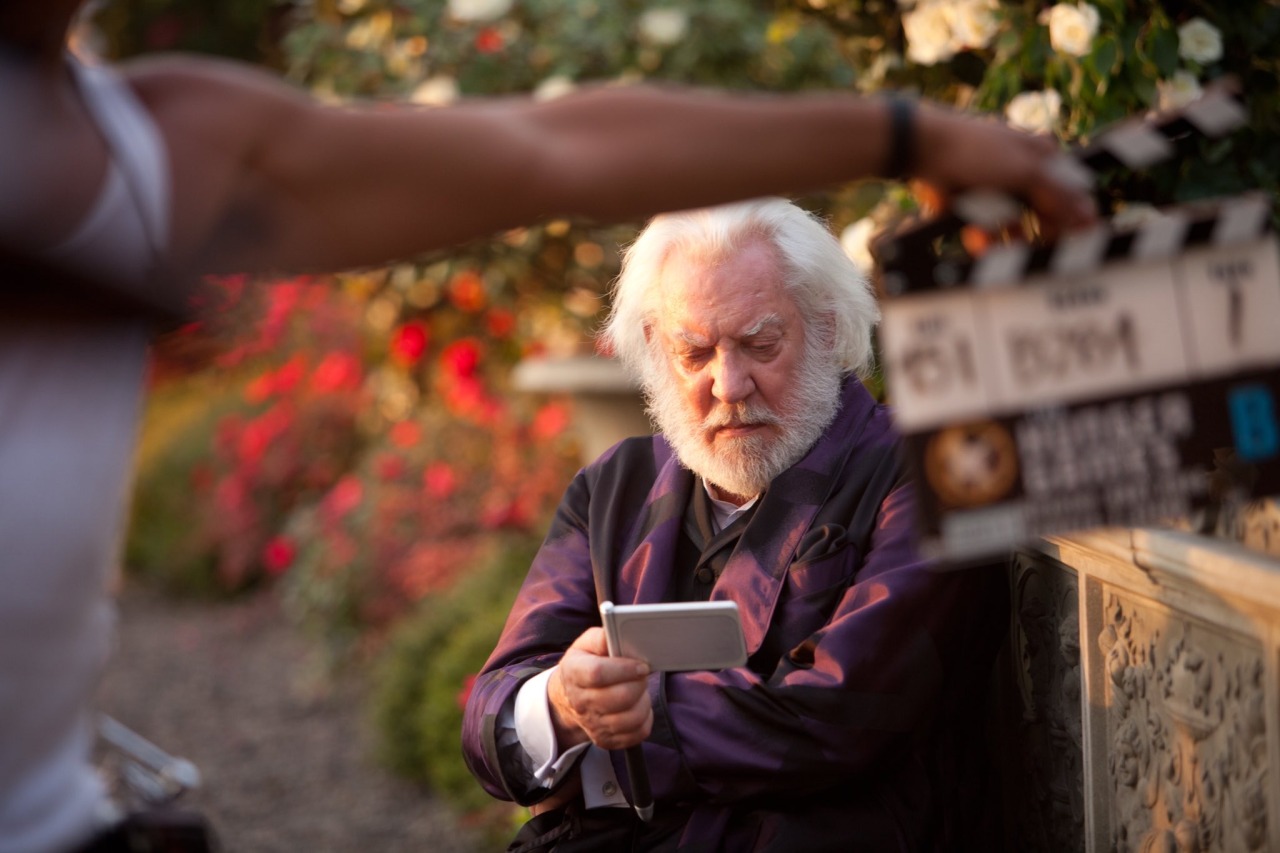
“Hope, it is the only thing stronger than fear. A little hope is effective, a lot of hope is dangerous. A spark is fine, as long as it’s contained.”
President Snow (Lionsgate, The Hunger Games)
In expanding Snow’s character, audiences witness the full extent of his powerful control. This change exemplifies how Snow manipulates every aspect of the lives of both Capitol residents and District dwellers. Watching Snow’s outside action in the film creates a substantial emotional connection to a visible character for viewers. Therefore, increasing Snow’s role in the film narrative develops the significance of his character.
Seneca Crane
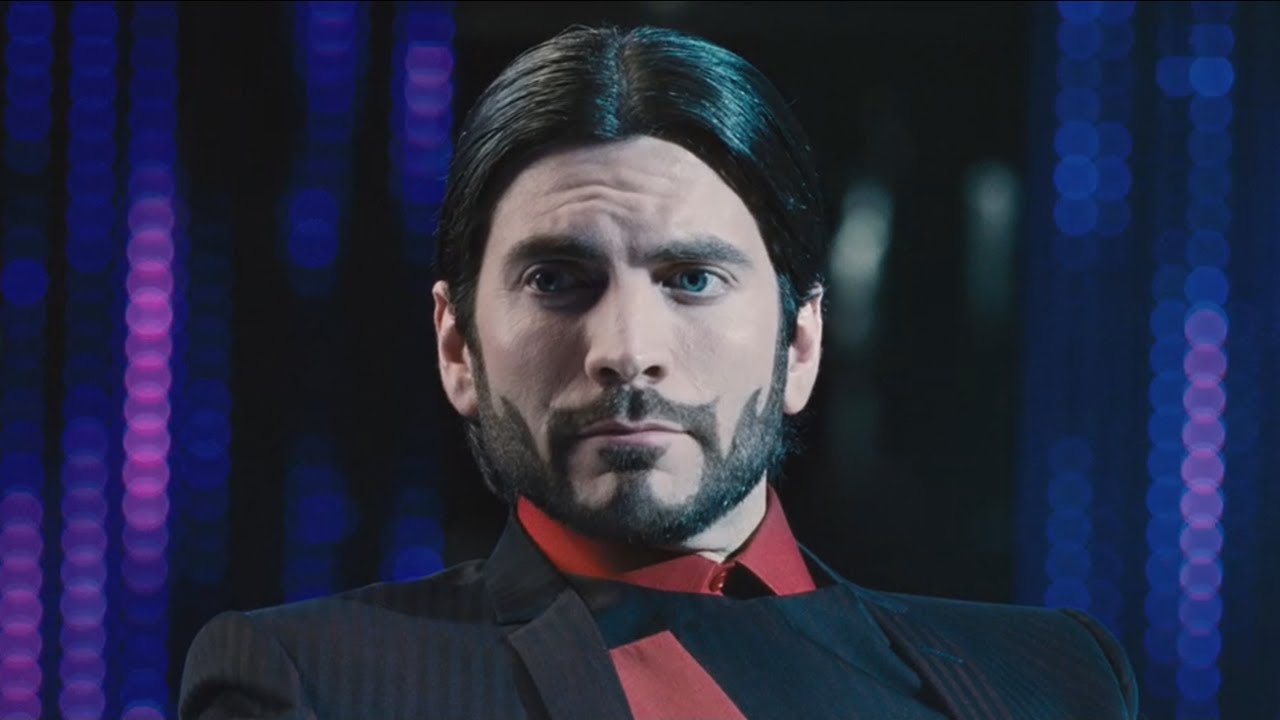
Seneca Crane – the bearded wonder – receives appropriate screen time in The Hunger Games film that builds upon his unique character traits. Audiences received the crucial opportunity to witness the character of the Gamemaker, quite absent from Katniss’s discussion of Seneca in the novel. The film showed Seneca calling the shots in the Control Room. Audiences see from the movie that Seneca quite literally controls who lives or dies in the Hunger Games arena.
Seneca’s power over the lives of teenagers adds a warped view of morality to his character. The filmic expansion of Seneca’s character changes him from a passive figurehead to an assertive influencer. Still, Seneca struggles with authority, made clear by an outside conversation between Seneca and President Snow. Seneca’s authoritative power ebbs and flows in the film, providing ample room for audience analysis toward his character.
Caesar Flickerman
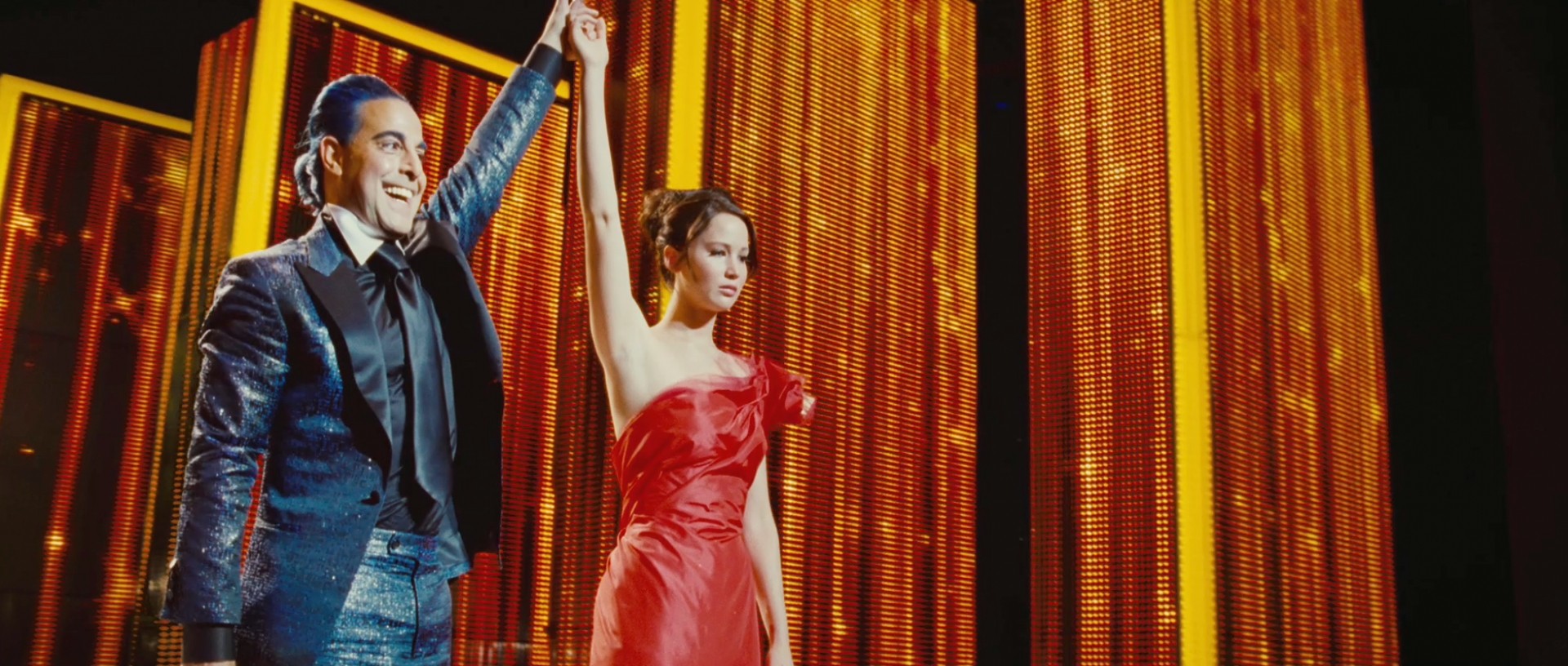
Hail, Caesar! Agreed, he’s a wealthy elitist from the Capitol who interviewed kids year after year before sending them off to their imminent death. But, Caesar Flickerman’s engaging demeanor only amplifies the grim distance between the Capitol and the depraved tributes from the outlying Districts. Stanley Tucci enhanced the written character of Caesar from The Hunger Games book, drawing in audiences with his exuberant persona as a talk show host. As a result, both Tucci’s acting performance and the wonderful wardrobe Caesar sports, changes Caesar’s character into one audiences want to like.
“When you came out of that chariot, I have to say my heart stopped. Did any of you experience it as well?”
Caesar Flickerman (Lionsgate, The Hunger Games)
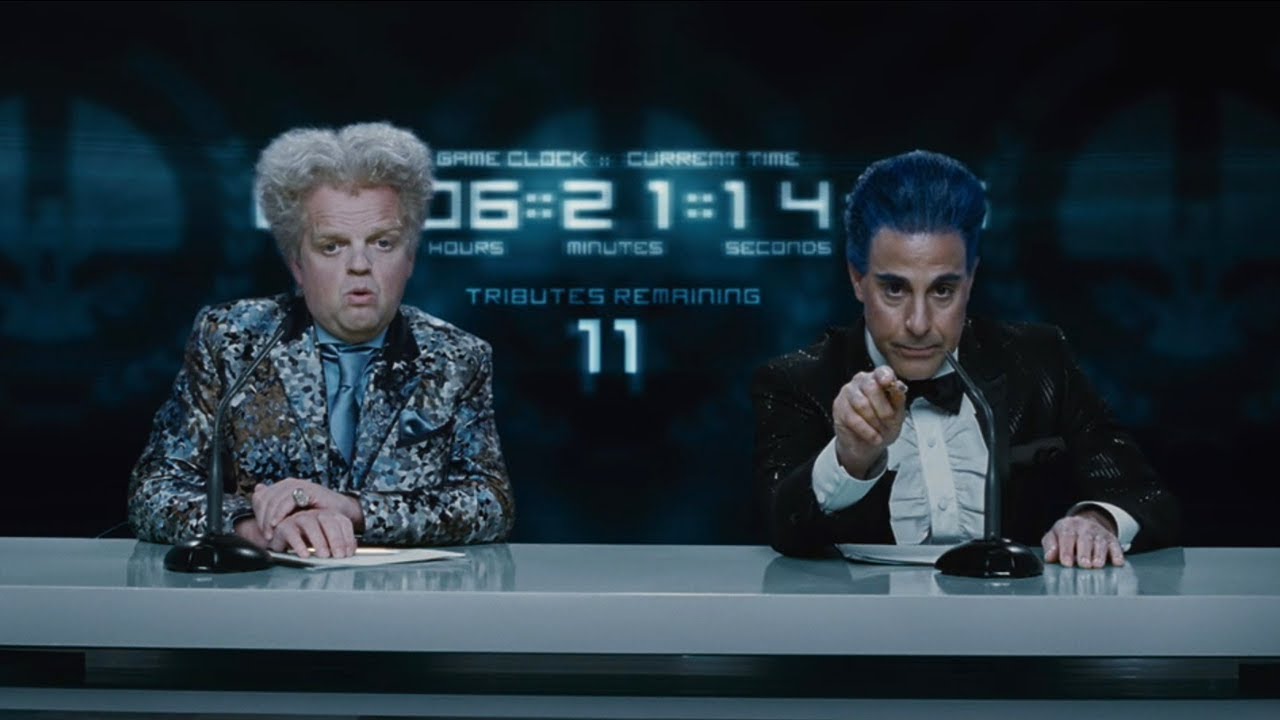
Caesar Flickerman’s character blessed viewers with a visual representation of the much-too-excited interviewer. However, Caesar’s film representation also served as a narrative voice to substitute Katniss’s interior thought in the novel. Film audiences hear Caesar commentating on environmental elements of The Hunger Games. He listed the names of the fallen tributes during the broadcast for the Capitol and District viewers. Changing Caesar from a host to a commentator in the film adaptation bridges the narrative gap lost from the removal of Katniss’ first-person POV in the novel.
3. Alternate Movie Narrative Elements
Although change can prove beneficial, some changes to the direct narrative in The Hunger Games film may have left audiences confused. In the movie, Collins chose to slightly alter characters, events, and actions from her original novel. While these changes don’t ruin the tone of the film, fans of Collins’ book immediately recognized the significant liberties taken to its relevant narrative elements. The film removes several gory scenes for the sake of retaining audience viewership. Those who watched the film for the first time without reading its novel counterpart may have been left with questions. And what even is a Mockingjay?
Mockingjay Pin
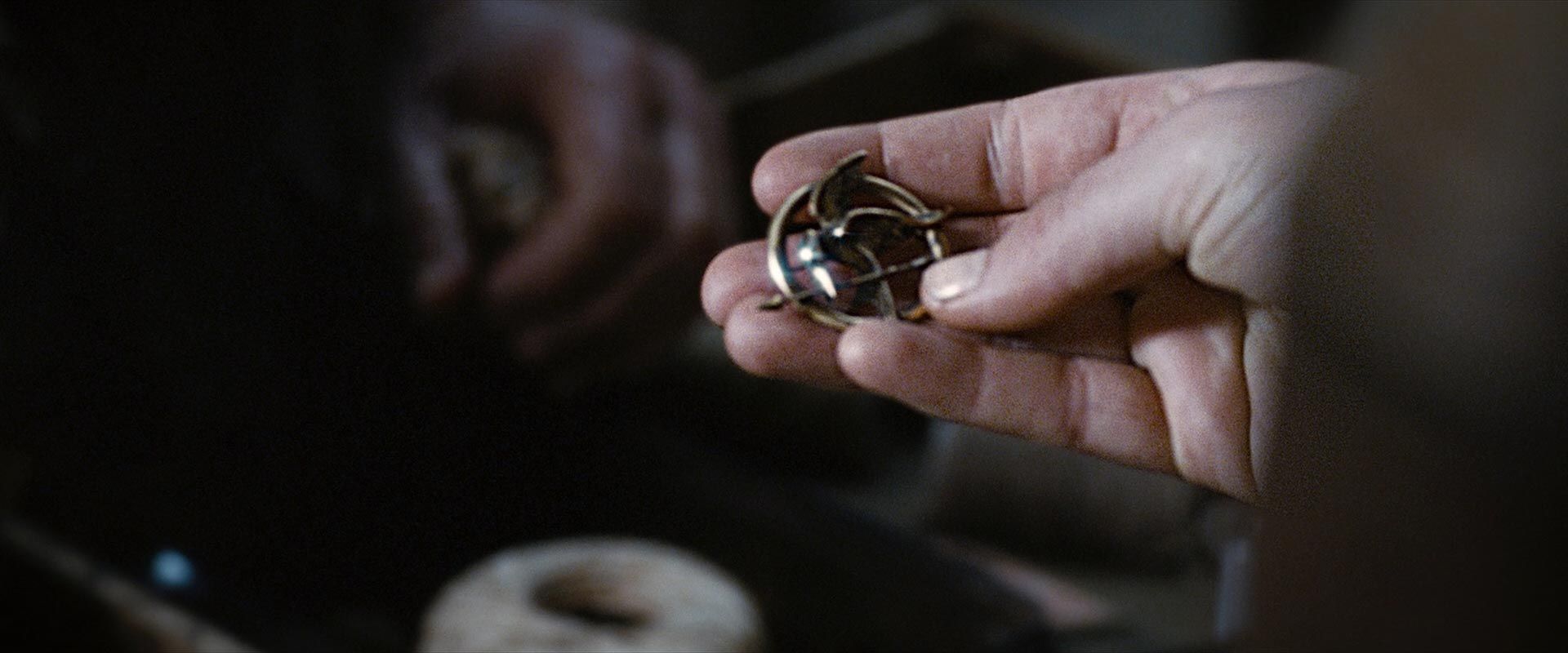
Arguably the most incredibly significant change to the film lay in how Katniss acquired the Mockingjay pin. Toward the beginning of The Hunger Games, Katniss inquires about the pin while at the black market, The Hob. Here, audiences saw Greasy Sae tell Katniss she could keep it without any further explanation toward its narrative relevance. In opposition, Katniss receives the pin from Madge Undersee after Katniss is chosen as a tribute for the Games. The Mockingjay pin represents a token of District 12, foreshadowing the power of rebellion already evident in the Districts that Katniss came to symbolize throughout the entire series.
“Promise you’ll wear it into the arena, Katniss?” she asks. “Promise?”
Madge Undersee (Suzanne Collins, The Hunger Games)
While the novel explains the symbolism of the Mockingjay through Katniss’ thoughts, the film fails to explain why Madge gave Katniss the pin at all – removing Madge’s character entirely. When Katniss receives the pin from Madge, the novel elaborates on how the Capitol emulated Mockingjay birds to create jabberjay mechanical birds. Katniss reflects, allowing readers to understand that the Capitol created jabberjays to spy on the District. Underestimating the District’s intelligence, the Districts discovered the infiltration and sent false information to the Capitol. Thus, the Mockingjay evolved into a powerful emblem, signifying rebellion.
Because of the omission of Madge and an explanation of the Mockingjay pin, the change removes audiences from its significance. The movie alludes to the symbol of the Mockingjay but never quite explains its importance as the novel does. Katniss’s actions in the narrative eventually equate to the Mockingjay symbol. Substituting Greasy Sae’s character for Madge doesn’t emotionally fasten viewers to the narrative as much as the book accomplished.
Peeta’s Leg Injury

In The Hunger Games film adaptation, any readers of Collins’ novel finished the movie wondering why Peeta didn’t lose his leg. When Katniss finally found Peeta in the arena during the movie, Peeta camoflauged himself into a tree, his leg severely injured. Katniss successfully begged for medicine from sponsors, tending to Peeta’s wound. On the other hand, the novel tells its readers that Peeta’s injury proves too debilitating. Peeta’s leg was replaced with a prosthetic after winning the Games. Obviously, audiences never again hear about Peeta’s leg, losing a response toward its impact on Peeta found in the novel.
“I was so distracted by trying to remember how much we knew about Peeta’s leg having been mauled by the muttations and subsequently amputated and replaced with an artificial limb, and when we knew it . . . [Kilik] basically said that they had made some decisions about that that would affect the subsequent movies.“
Ve Neill (Makeup artist/designer for The Hunger Games)
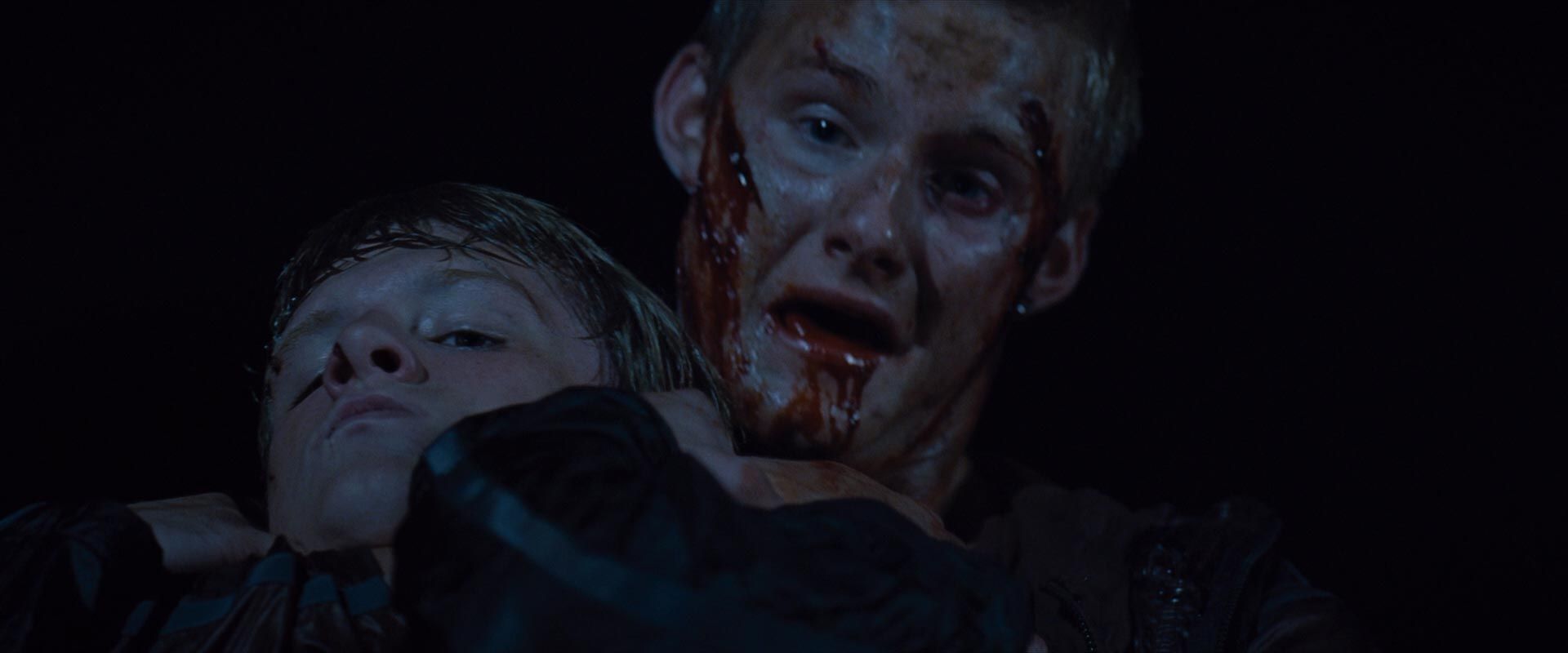
Because the film already showed gore and Katniss’ burns in graphic detail, the producers and costume designers decided to eliminate more gore to retain its PG-13 rating. For Peeta, losing a limb and still achieving his subsequent goals throughout the book series highlights Peeta’s resilience to adversity. Readers respond emphatically to the bloody injury Peeta endures and its effect on his character. Granted, showing Peeta’s graphic wound and the removal of his leg for audiences would not have been entirely appropriate for the target age range of the film. Naturally, moviegoers responded more to Katniss healing Peeta’s leg and the emotional bond it created between the two.
Did Katniss & Peeta Actually Want To Commit Suicide?
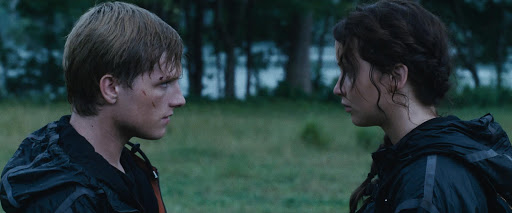
The famous scene of The Hunger Games shows Katniss and Peeta agreeing to a suicide pact as a ploy to convince the Gamemakers to let both of them win the Games. Through quick camera cuts, the film builds tension by cutting to each of their faces and their hands holding poisonous nightlock berries. Whether or not audiences had read the novel, the stakes for Katniss and Peeta enhanced the feeling of emotional turmoil when they brought the berries to their mouths. While the suicide threat works to their advantage, Katniss describes the idea as one to also end their suffering in the novel.
“Although the drugs have erased the infection, [Peeta]’s still pretty weak. My forehead hurts along with the knife cut, but after three days the bleeding has stopped.”
Katniss Everdeen (Suzanne Collins, The Hunger Games)
Although the central theme remains, the novel describes Katniss and Peeta going as far as momentarily putting the nightlock berries in their mouths. Subsequently, Seneca declares them both the winners. By this point in the narrative, Katniss and Peeta found themselves so exhausted from their wounds that attempting suicide by poison nightlock appeared favorable. Despite this alteration, the film stays true to the fidelity of the scene’s importance from the novel. Audiences respond to the emotionally intense desperation Katniss and Peeta enact to win the Games.
Happy Hunger Games!
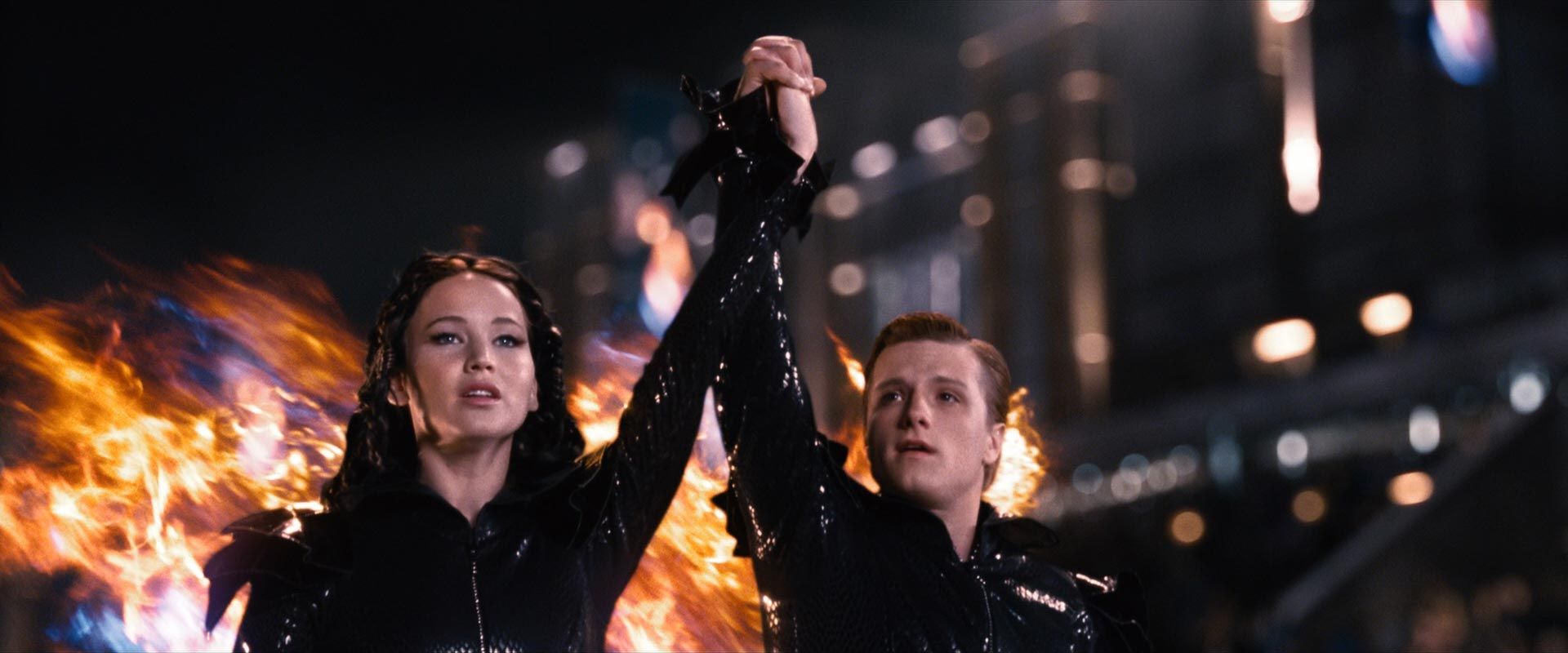
Given the success of the movies, the changes made to The Hunger Games don’t detract from the novel’s thematic material. Visually, the film excels at presenting a fleshed-out world with realistic characters. Watching the film helps audiences engage with the complexities of the narrative. Happy eight years of The Hunger Games! And may the odds be ever in your favor while you wait to read Suzanne’s new book.
